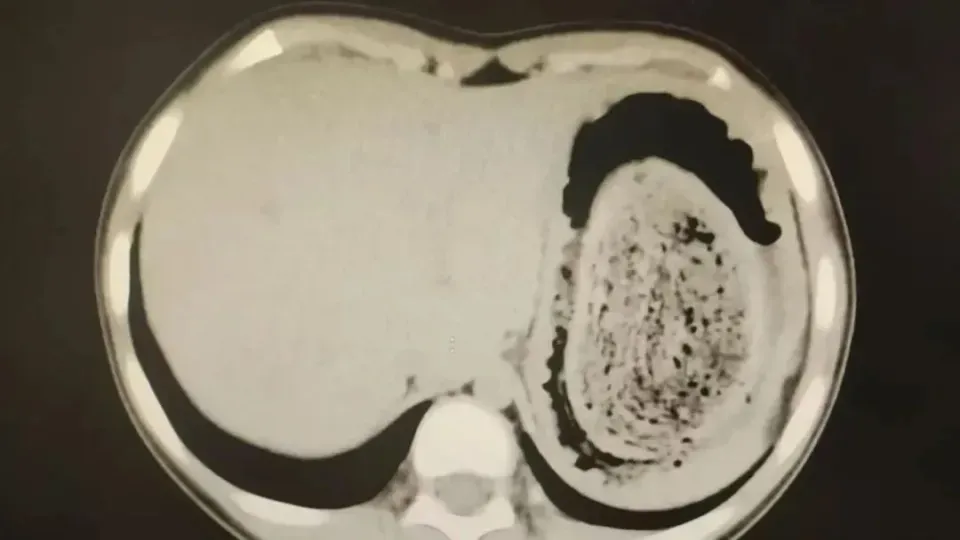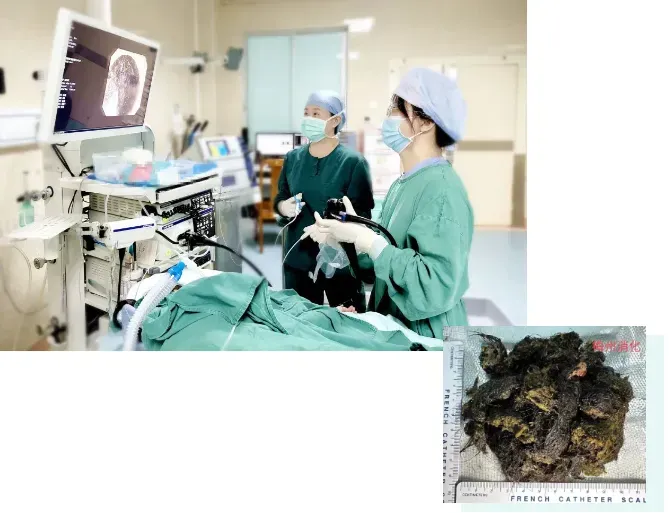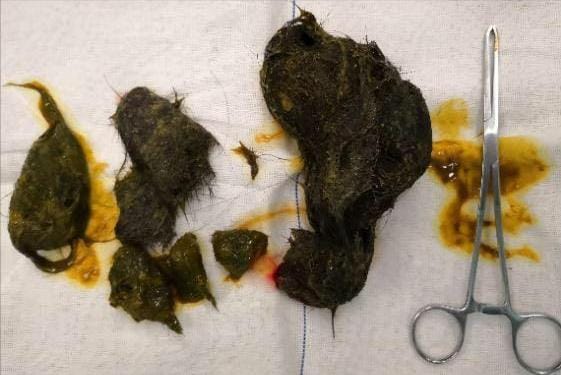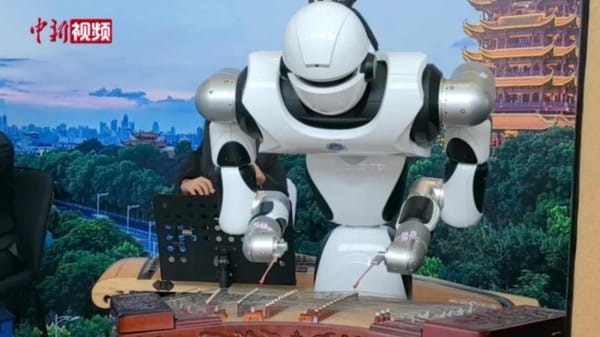15-Year-Old Diagnosed with 4-Pound “Stone” Removed from Stomach!
A rare and baffling condition called Rapunzel Syndrome left a teenager with a 4-pound hairball in her stomach, shedding light on trichophagia and pica.

What on Earth Is Rapunzel Syndrome? 🤔
You might be asking yourself, "How on earth does someone end up with a 4-pound hairball in their stomach?" Well, welcome to the strange and baffling world of Rapunzel Syndrome. Named after the fairy tale princess with the impossibly long hair, this rare condition arises when hair gradually accumulates in the stomach, forming a massive, compact hairball known medically as a bezoar.
For a 15-year-old girl we’ll call Nini, what started as hair-pulling and hair-eating behavior—known respectively as trichotillomania and trichophagia—led to this astonishing condition. Over time, her stomach became home to a dense, four-pound tangle of hair that stretched and bloated her abdomen to twice its normal size!

The Hair-Raising Symptoms and Diagnosis 🧐
Nini’s journey was anything but ordinary. She was severely underweight, suffering from persistent abdominal pain, loss of appetite, and even amenorrhea—meaning her menstrual cycle had stopped for six months. To top it off, her blood work revealed severe anemia.
Doctors initially suspected a gastric concretion, but it was only through a gastroscopy—a high-tech peek inside her stomach—that they uncovered the full horror: a giant hairball mixed with food debris, occupying the entirety of her stomach.
Imagine the shock! The indigestible keratin in hair resists stomach acids like an uninvited, immovable guest. Left unchecked, it slowly hardens into a bezoar, wreaking havoc on digestion and overall health.

The Curious Psychology Behind the Condition 🧠
Why would someone eat their own hair? It turns out the answer is rooted in a mix of psychological and developmental challenges. Rapunzel Syndrome is strongly linked with trichotillomania—a compulsive urge to pull out hair—and trichophagia, the act of eating it afterward.
These behaviors often stem from stress, anxiety, or other underlying mental health issues. Sometimes they correspond with a condition known as pica, which involves eating non-food items persistently. In children and teens, this might be a cry for help or a coping mechanism for emotional distress.
Medical experts emphasize that such behaviors aren’t about punishment or discipline but require patient psychological support and therapy.

Stranger Than Fiction: Other Cases Worldwide 🌏
Nini’s case isn’t an isolated oddity. Similar reports have emerged globally—like a 10-year-old in Shanghai and kids in Guangdong diagnosed with the same rare syndrome. Each case adds a new chapter to this baffling phenomenon and pushes the medical community to better understand and intervene early.
The Road to Recovery: More Than Just Surgery 🏥
Removing a hairball of this size is no small feat. Nini’s two-hour surgery successfully cleared her stomach, and she has since shown remarkable improvement in appetite and health.
However, surgery is just the beginning. Addressing the psychological root causes with counseling and behavioral therapy is vital to prevent recurrence. Family support, understanding, and early intervention are key.
Takeaway: When Hair Is More Than Just Hair ✂️
Rapunzel Syndrome is both strange and fascinating—a medical mystery that reminds us how complex the human body (and mind) can be. If you or someone you know shows strange behaviors like hair-eating or pulling, it's important to seek medical attention promptly.
Hair might be beautiful, but when it turns into a bezoar, it’s a baffling problem too big—and heavy—to ignore!




